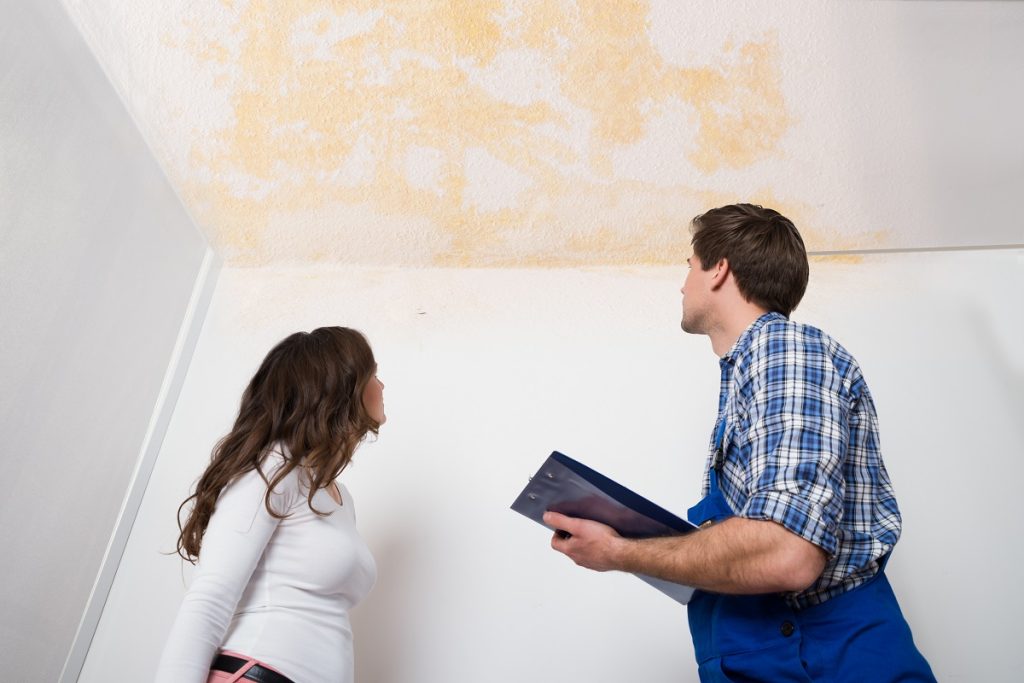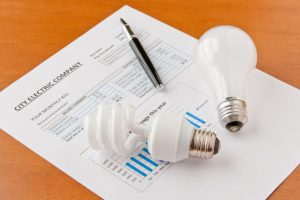- Conduct a thorough home inspection to assess the extent of damage caused by bad weather.
- Common impacts of storms include wind, water, and structural damage.
- Be aware of your rights in case of severe weather events, what type of insurance coverage you have (if any), and how to file a claim if necessary.
- The checklist for assessing damage includes inspecting the roof and windows, looking for water damage, checking electrical systems, and evaluating the landscape.
After any major storm or severe weather event, it is essential to conduct a thorough home inspection to assess the extent of damage caused by the weather. A quick assessment can help you determine the areas that need repairs or replacement, giving you peace of mind that your home is safe to inhabit. This blog will discuss a home inspection checklist after a storm and how to keep your home and family safe.
Common Impact of a Storm
Storms are a natural occurrence that can wreak havoc on a house, causing various damages from minor to major. Whether it’s a thunderstorm, hurricane, or tornado, the impact can have lasting effects on a home’s infrastructure, exterior, and interior. Wind damage is common; shingles could be ripped off, windows might be shattered, and an entire roof may need to be replaced.
Excess water from heavy rainfall or flooding can cause structural deterioration, mold, and electrical hazards. Trees could be uprooted, causing significant damage to a house or blocking property access. In general, it’s essential to consider the potential impact of a storm and be prepared to act promptly to mitigate any possible damages.
How Will It Affect You?

Sadly, when a storm hits, it’s almost inevitable that damage will occur. The severity of the damage will depend on the strength and type of battery and the condition of your home before the storm.
Whether you’re a homeowner or a tenant, you must know your rights in severe weather events, what type of insurance coverage you have (if any), and how to file a claim if necessary.
What are the Steps to Conduct a Home Inspection?
When the skies clear after a storm, it’s time to assess the damage done. If your home shows signs of extreme wear, it would be best to call a professional to assess the situation.
Consulting reliable contractors for storm damage repair is the best way to ensure the safety of your home and family. They will be able to identify issues that are not obvious, such as weakened walls and foundations or electrical wiring damage.
If the damages appear more minor, you can conduct your inspection using a checklist of items to inspect and repair. Here are a few steps you can take:
Check the Roof
The roof takes the brunt of a storm, and it is one of the most vulnerable areas of your home. Start with the roof inspection and look for missing or damaged shingles, holes, or cracks. Check for signs of water leakage in the attic or ceiling, and make sure the gutters are clear to avoid water accumulation.
You can also look for signs of wind damage, such as debris on the roof, trees that have been uprooted, and any other visible injuries.
Inspect the Windows
Windows can be damaged by high winds or flying debris, so inspecting them for any cracks or damage is important. Check the weather stripping and seals for wear and tear, and ensure the glass is not loose or wobbly.
Look for Water Damage
Heavy rains can cause water damage to walls, ceilings, and floors. Look for any water stains, swelling, or mold in your home. Check the basement and crawl spaces for any standing water or dampness. These areas are often overlooked but can cause severe damage when left unchecked.
Check the Electrical System

Water and electricity don’t mix, and it’s essential to check the electrical system for any damages caused by the storm. Look for exposed wires, frayed cords, or malfunctioning circuits. If you notice any damages, enlist the help of a licensed electrician to fix the problem.
Assess the Landscape
The storm may have caused fallen trees or branches that can be dangerous if left unattended. Check your landscape for any trees that may be leaning or seem unstable. Hire a professional to remove any damaged trees or branches.
Final Thoughts
Storms can wreak havoc on your home, and it’s essential to conduct a home inspection after the storm to assess the damage and avoid future problems. The checklist provided in this blog can guide you through the process but don’t hesitate to seek the help of professionals when necessary. Remember, your safety and your family’s safety should always come first.






